Ilambazar, a temple town in Birbhum, West Bengal
If you fancy a day trip now when the summer has not yet given its harsh bite, Ilambazar can be an excellent option. Rich in history, this temple town in Birbhum is a feast for the eyes and the mind. The history of Ilambazar dates back to the great Bengal famine of the late 18th century that depopulated hundreds of villages in the district. Within a few years, Ilambazar emerged as a trading post of textile and indigo. The English opened a factory in 1786. The French followed suit.
In 1789, a revolt against the local zamindar affected business in the town. The market place was vandalized and the traders suffered huge losses. Ilambazar re-emerged as a manufacturing and trading hub in the early 20th century. A British sugar-manufacturing factory was the mainstay. Its owners also ran an indigo factory. The temples of Ilambazar first shot into prominence in the early 1950s when scholar Mukul Dey published an article on them.
You can start your tour at the Rameswara Shiva temple. This octagonal brick structure (now painted deep red) has ribbed rekh deul. The front has terracotta panels but the sides are almost bare, barring a large Mahishasuramardini image on the right. Small chariots that are ubiquitous in the front gate of terracotta temples are absent here. Men in European clothes and Hindu motifs are carved on the door panels. The figures are larger than those found in similar temples.
The upper parts of the walls are also decorated with human figures holding musical instruments and umbrellas among other things. From their shape and size, the images seem to belong to members of the royal family. Bears and bulls can also be found on the walls. The sculptures capture the details perfectly. Dancing girls, Krishna leela, dashavatar of Vishnu, Durga on a lion, bulls and many human figures are carved on the front wall.
The tower, built in typical deul style, is bare. There’s a kalash on top. Both Shakta and Vaishnava influences are visible in the panel work. A pancharatna temple, just yards away, is also interesting. The massive structure with five towers, known locally as the Laxmi Janardhan temple, came up in 1846. Some of the intricate terracotta designs on its front and the sides have survived. Here too, the entrance is decorated with animal, bird and human figures. There are rows of statues on the walls with Radhakrishna at the centre. Events from Krishna leela are once again in evidence.
There’s another pancharatna temple dedicated to Radhagobinda in Ilambazar. It was built in 1870 and embellished with fine terracotta sculptures. Raghunath temple, built in 1633, is just four miles from Ilambazar. The town is also known for producing fine artefact. Two Britons had set up a shellac factory in Ilambazar. Cups, ink pots and toys made in the factory were exhibited in Paris in the 19th century.
Trip tips
Ilambazar is on the west of Bolpur station on the bank of the Ajay river. It is well-connected by rail and road. The town is on the Panagarh-Morgram Highway close to GT Road and NH 2, and is easily accessible by road from Suri, Santiniketan and Dubrajpur. The drive from Bolpur takes more than an hour. The roads are crowded. Packed food and drinking water are available.

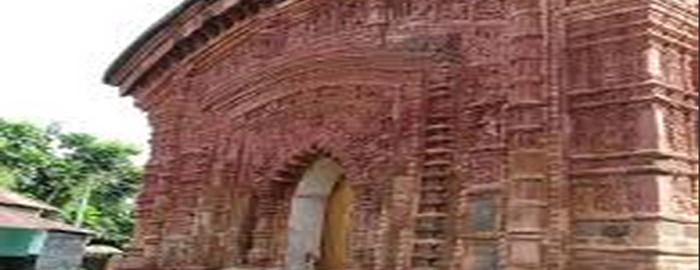
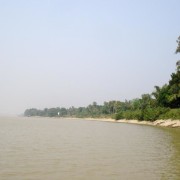
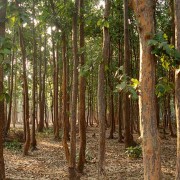
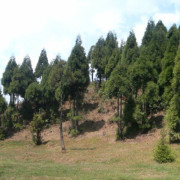
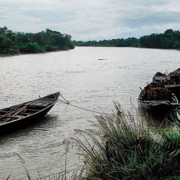
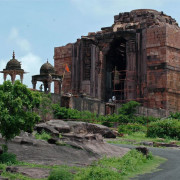

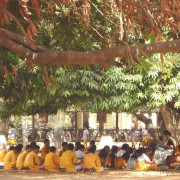
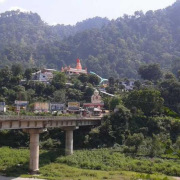


Leave a Reply
Want to join the discussion?Feel free to contribute!